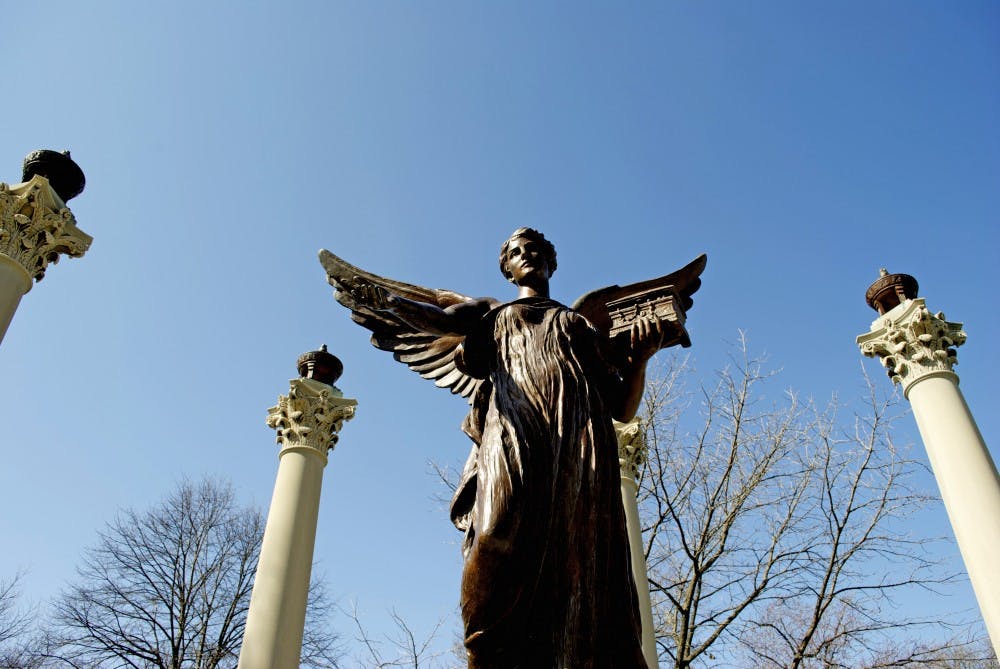The university is already working on addressing some complaints mentioned in the Beneficence Dialogues.
The five challenge teams tasked with implementing one of five themes of the Beneficence Dialogue Report will turn in their action plans Dec. 16.
Ro Anne Engle, director of the Multicultural Center, sent out the Beneficence Dialogue Report Oct. 16.
The report was created from the dialogue sessions that took place March 30, when more than 100 students participated in group discussions about diversity while Ball State President Paul W. Ferguson and Kay Bales, vice president for student affairs and dean of students, listened to the different groups.
Thomas Gibson, associate vice president for student affairs, is one of the co-chairs for the Council on Diversity and Inclusion, which is responsible for responding to diversity issues from the dialogue and for creating an action plan, according to the Ball State website.
Gibson said the members of the council are divided into five challenge teams, and each group is assigned one of the five themes from the report — recruitment and retention of a diverse student body, diversity awareness and education initiatives for students, education and training for and support from faculty, university response and student body and administration interactions, and campus climate. They were tasked with creating an action plan by Dec. 16.
“Some of the ideas or themes that were advanced in the report were things that were already in place or some things that the university is already working on or underway,” Gibson said.
For example, undergraduate admissions has already undertaken building relationships with high schools with predominately underrepresented minority student populations and creating a pathway to Ball State, according to the report.
Students also recommended the creation of an advisory council of students from multicultural organizations to serve as a sounding board to administrators.
Gibson said a multicultural advisory board has been created, which Engle leads. He said they use the feedback from the board to prioritize the recommended solutions.
“Certainly the recommendations that appear to be more feasible, we certainly seize the opportunity to implement those as well as to accelerate those recommendations that were already in place or underway,” Gibson said.
Those objectives that are more challenging and could take longer to implement include curricular changes and the relocation of the multicultural center, Gibson said.
By Dec. 16, Gibson said he and Beth Messner, associate professor for communication studies will understand each of the teams’ plans, what they need to accomplish for each objective and possible opportunities and challenges they may face.
“Our timeline encourages the implementation of more feasible recommendations as soon as possible and certainly by the end of the Spring 2016 semester,” Gibson said.
As previously reported, students proposed the solutions in the report. There are also four students who serve on the Council for Diversity and Inclusion.
Leslie Thomas, a junior communication studies major and a member of the council, said he is pleased with the progress that is being made.
“I'm learning a lot from watching the faculty work with other faculty to come up with fresh ideas on how they can promote diversity and inclusion on campus,” Thomas said. “I think if faculty members continue to show this drive around the Ball State community and strive for unity, these initiatives can be really effective.”
Thomas was nominated for the council in September. He said he enjoys representing the student body when it comes to important issues.
“From a student perspective, just having the opportunity to have a say on certain issues is great, because most students just want the administration to hear their voices,” Thomas said.





